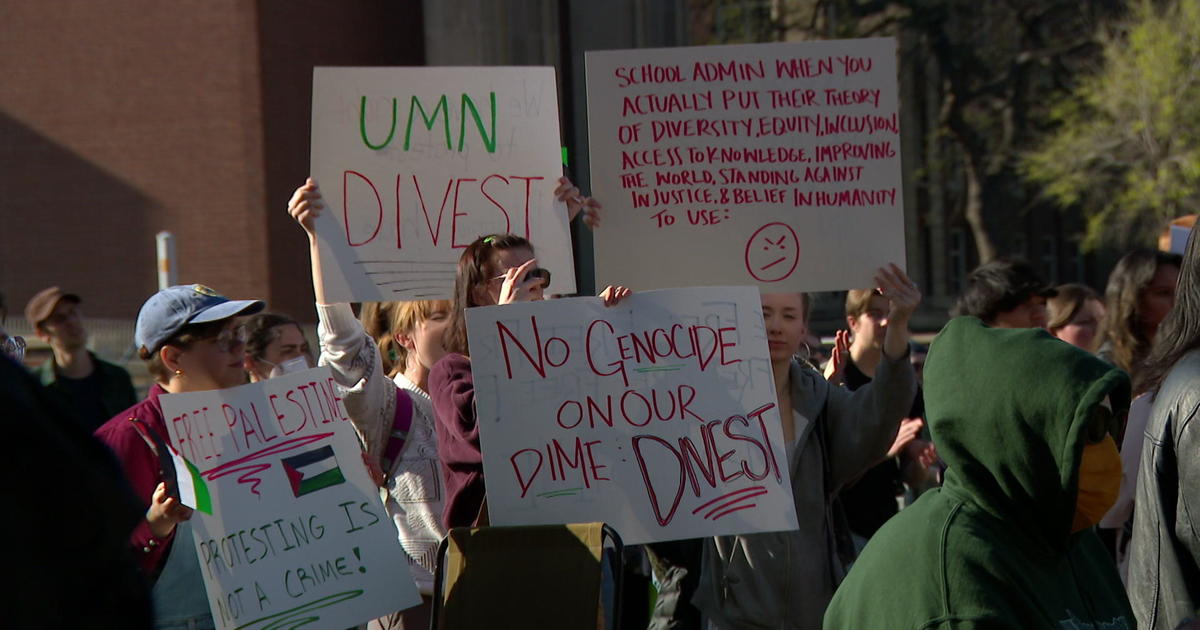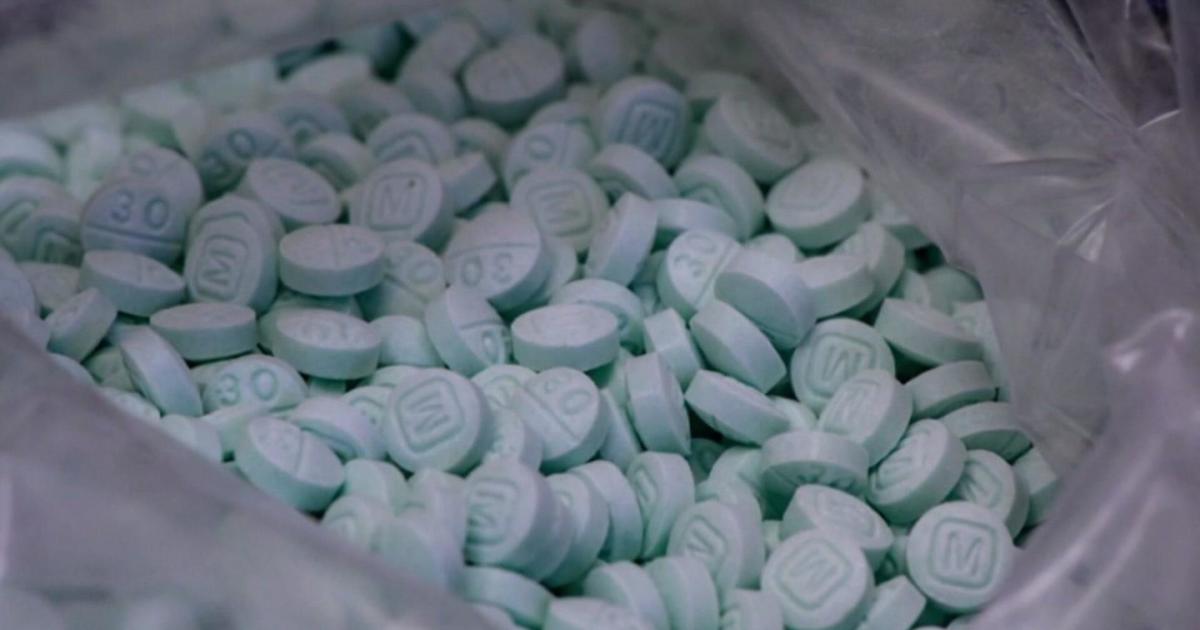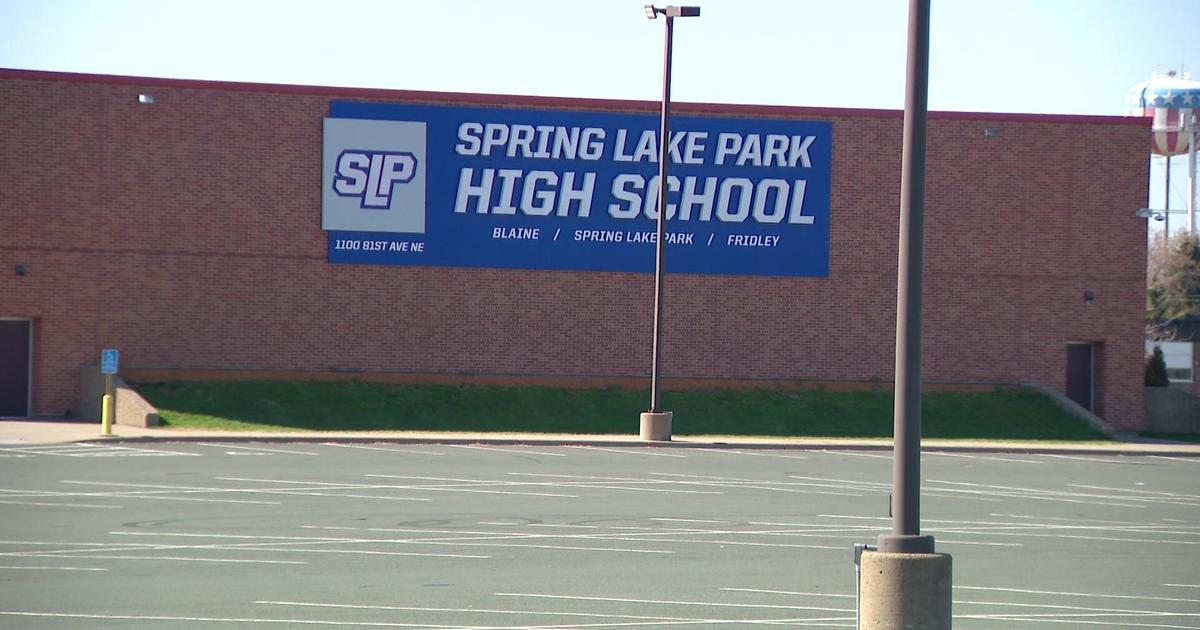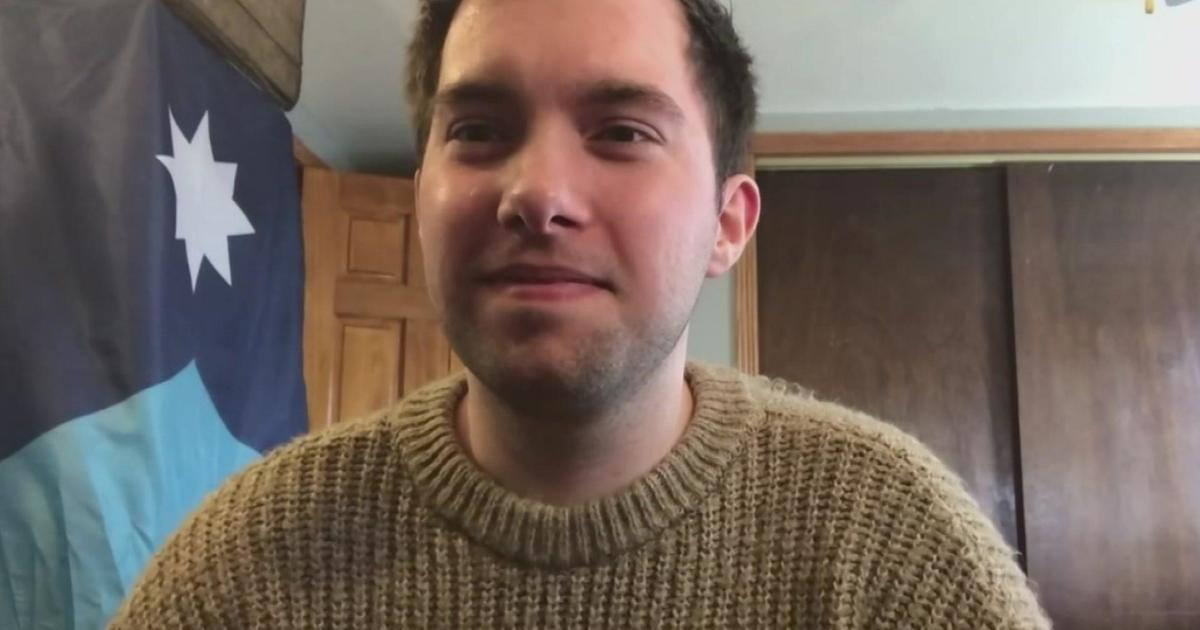Minnesota Looks At Increasing Capitol Security In Wake Of Protests Over The Last Year
ST. PAUL (WCCO) -- Minnesota officials are weighing more permanent plans for increased security at the state capitol grounds in light of protests and violent threats that they say have underscored the importance of enhancing procedures to ensure a safe space for lawmakers, staff and the public after the pandemic recedes.
The Advisory Committee on Capitol Security on Friday convened to begin discussing future options. Lt. Gov. Peggy Flanagan asked public safety leaders and state lawmakers to bring forth ideas for policy and budget proposals in the coming weeks for the legislature to consider.
Department of Public Safety Commissioner John Harrington said there were 117 protests or rallies at the capitol in 2020, which is about one every three days.
The Bureau of Criminal Apprehension has tracked 88 potential threats since June 2020 and there was a warning of potential violence just within the last two weeks that triggered an increased capitol security presence through this week's inauguration.
"The events of the past two weeks at our capitol building, the governor's residence and in Washington, D.C. have been unlike anything we've ever seen in our state and country," Flanagan said. "This is not a short term goal. I have no illusions that any quick fix or half-hearted attempt to secure the capitol complex will resolve any of the underlying security problems that we face."
Colonel Matt Langer, chief of the Minnesota State Patrol, said the agency is weighing making permanent the fence that has fortified the capitol since late May of last year. He noted that it has helped with safety efforts, but it isn't physically attractive—much to the dismay of visitors.
"That fence has been a benefit when we talk about protecting the capitol building itself from people who wish to do harm to that building," Langer said. "There is the potential for a vision of a fence that would be much different, much more aesthetically-pleasing and much more effective."
Similar discussions are happening with the fence around the governor's residence, he said.
Other plans he mentioned that the committee should consider are body cameras, metal detectors and a more permanent boost in staff, which could mean the need for more flexibility with state funds. He said that the agency has discussed adding an additional 20 more troopers to the capitol grounds full-time.
It's unclear, though, what the current daily staffing numbers are. A spokesman for the Minnesota State Patrol declined to give specifics, citing sensitivity surrounding security plans.
No firm policy proposals were set during Friday's meeting—the first of three or four, Flanagan said—but the lieutenant governor reiterated that Gov. Tim Walz will ask for more funding for security when he reveals his budget proposal next Tuesday. She told the committee she wanted its input for a more "comprehensive item that captures the consensus of this group."
Last week, Walz wrote legislative leaders pleading that they take swift action on the matter because it's of "paramount importance."
Officials are clear that increased, ongoing security isn't cheap. The fence that's surrounded capitol building since last June has already cost the state tens of thousands of dollars with a daily bill of $274. Personnel is also costly, and Langer floated the idea of an "open" state appropriation that could be adjusted when necessary so budget constraints wouldn't dictate the amount of state troopers responding to an event.
Chris Guevin, director of facilities management for the Department of Administration, which handles upkeep of the main capitol building and others surrounding capitol ground, said some security upgrades have been in the works since 2012 but the legislature has not met funding needs for some improvements.
In 2016, the department asked for $26.2 million and was granted $10 million in 2018. With inflation the need is larger, Guevin bson said, adding that $21 million is required to complete some outstanding projects.
"So what wasn't funded certainly has grown in costs. That $10 million represented about 30% of the overall request," Guevin said. "We would really like to be able to recommend continuing with those security improvements."
Flanagan asked committee members to bring forward budget and policy considerations at the next meeting, likely set for early February.



